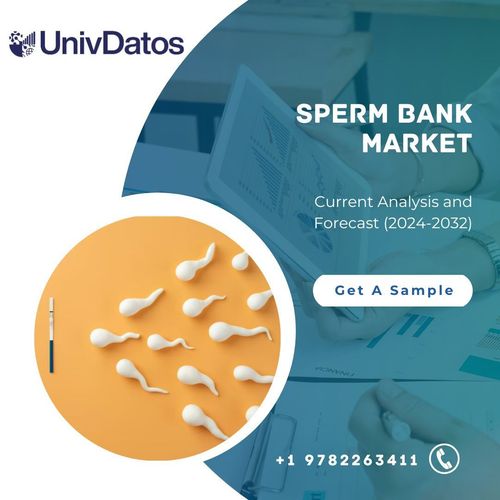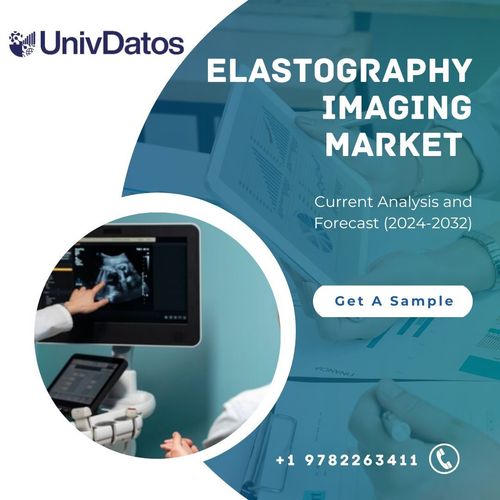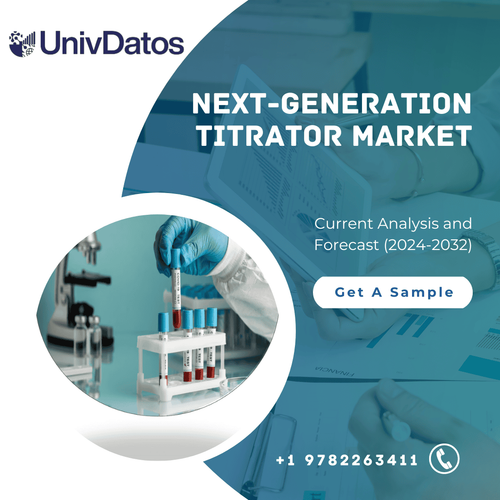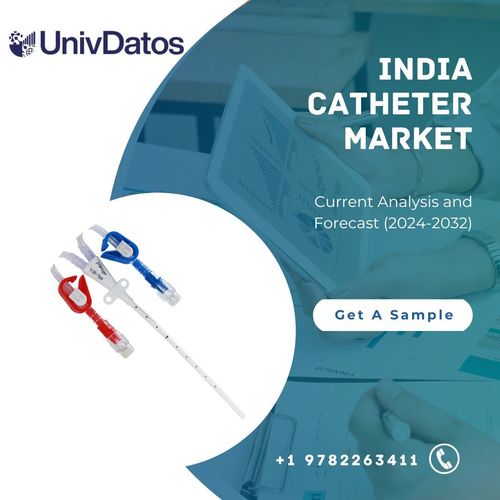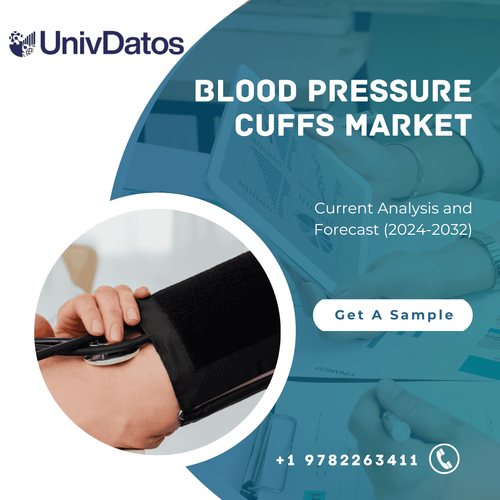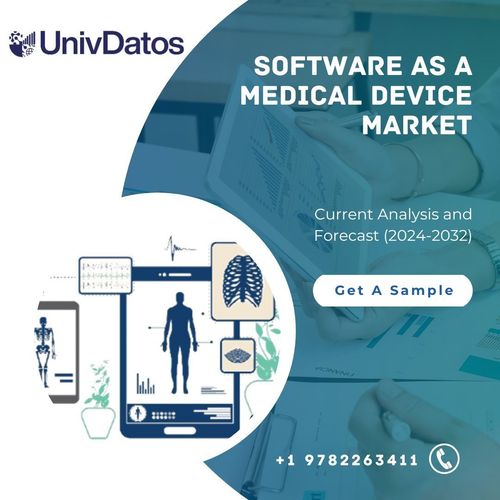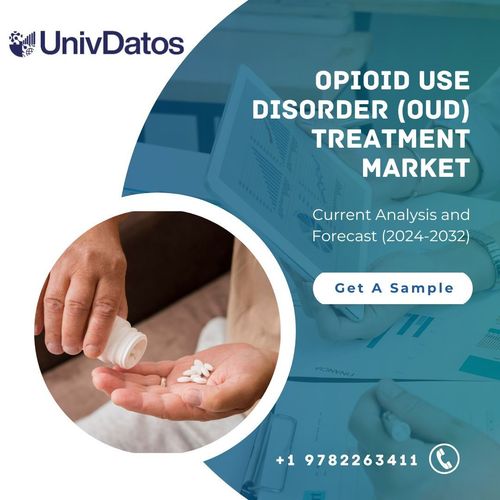Pharmaceutical Filtration Market: Current Analysis and Forecast (2022-2028)
Emphasis on Product (Membrane Filters, Prefilters & Depth Media Filters, Cartridge & Capsule Filters, Single-Use Systems, Filter Holders, Filtration Accessories, Others); Technique (Microfiltration, Ultrafiltration, Nanofiltration, Others); Application (Final Product Processing, Raw Material Filtration, Cell Separation, Water Purification, Air Purification); Scale of Operation (Manufacturing-Scale, Pilot-Scale, R&D-Scale); and Region/Country
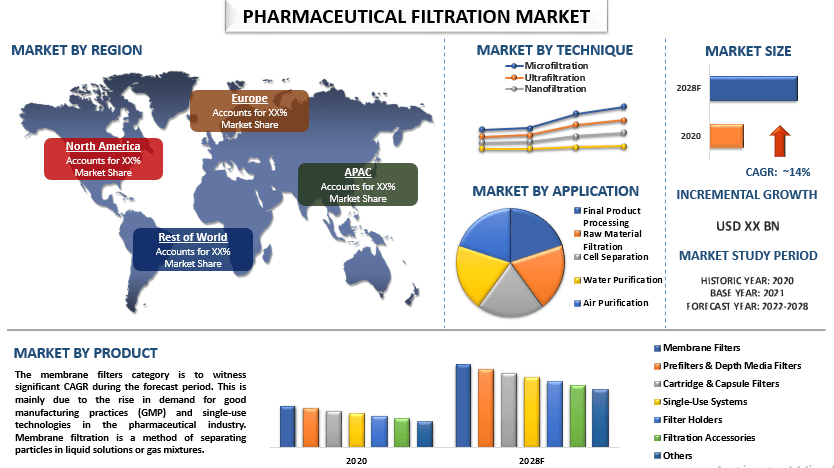
Global Pharmaceutical Filtration Market is expected to grow at a significant rate of around 14% during the forecast period. Pharmaceutical filtration is defined as an order to help separate suspended particles, filtration has grown to be a common practice in the pharmaceutical industry. Due to strict cleaning regulations and an increase in the manufacture of numerous big molecules, pharmaceutical companies are investing in filtration technology. Additionally, the production of vaccinations has increased at a never-before-seen rate, which has prompted the employment of filtration methods. The global need for filtration will be driven by soaring demand for cutting-edge medicinal medications for the treatment of chronic ailments like diabetes, cancer, and arthritis. Thus, the growing focus and investment of key stakeholders in the research and development of technologically advanced pharmaceutical filtration is further expected to support market growth. For instance, In May 2021, Meissner secured around US$ 13.4 million contract from BARDA, the U.S. government agency, to bolster the production capability for components needed for vaccines and therapies. The company would be manufacturing single-use systems for filtration, filling assemblies, bottle assemblies and bio-container assemblies, etc.
Merck KGaA, General Electric Company, Pall Corporation, Parker Hannifin Corporation, Sartorius Stedim Biotech S.A., 3M, Eaton Corporation PLC, Amazon Filters Ltd., Graver Technologies, LLC, Meissner Filtration Products, Inc. are some of the key players in the market. Several M&As along with partnerships have been undertaken by these players to facilitate customers with hi-tech and innovative products/technologies.
Insights Presented in the Report
“Amongst product, single-use systems held a significant CAGR during the forecast period”
Based on product, the market is segmented into membrane filters, prefilters & depth media filters, cartridge & capsule filters, single-use systems, filter holders, filtration accessories, and others. The single-use systems category held a significant CAGR during the forecast period. The single-use systems provide a number of benefits, such as a lower risk of contamination, shorter operating times, and convenience. As a result, it is anticipated that the need for single-use systems would increase soon. Additionally, they are small in size and take up less space in manufacturing environments.
“Amongst technique, the ultrafiltration to hold a significant share in the market in 2020”
Based on the technique, the market is categorized into microfiltration, ultrafiltration, nanofiltration, and others. Among these, ultrafiltration held a significant share in 2020. The best applications for ultrafiltration, a pressure-driven membrane transport method, are the separation, concentration, and purification of certain macromolecules. In the industrial setting, this filtration technique is used to produce goods with a high level of purity, including vaccines, plasma, and serums.
“North America to hold a significant share in the market”
In 2020, North America held a significant share of the global pharmaceutical filtration market. The major factor such as increased demand for pharmaceutical filtration consumption and higher developments in the pharmaceutical and biotechnology industries in the region. Furthermore, improvements in healthcare infrastructure, the rising number of drug development projects, significant spending on R&D activities, increased healthcare reforms, and technical breakthroughs in the field of healthcare all contribute to market growth. As per the Congressional Budget Office, in 2021, Spending on R&D in the pharmaceutical industry and the introduction of new drugs have both increased in the past two decades.
Reasons to buy this report:
- The study includes market sizing and forecasting analysis validated by authenticated key industry experts.
- The report presents a quick review of overall industry performance at one glance.
- The report covers an in-depth analysis of prominent industry peers with a primary focus on key business financials, product portfolio, expansion strategies, and recent developments.
- Detailed examination of drivers, restraints, key trends, and opportunities prevailing in the industry.
- The study comprehensively covers the market across different segments.
- Deep dive regional level analysis of the industry.
Customization Options:
The global pharmaceutical filtration market can further be customized as per the requirement or any other market segment. Besides this, UMI understands that you may have your own business needs, hence feel free to connect with us to get a report that completely suits your requirements.
Table of Contents
Research Methodology for the Pharmaceutical Filtration Market Analysis (2022-2028)
Analyzing the historical market, estimating the current market, and forecasting the future market of the global pharmaceutical filtration market were the three major steps undertaken to create and analyze the adoption of pharmaceutical filtrations in major regions globally. Exhaustive secondary research was conducted to collect the historical market numbers and estimate the current market size. Secondly, to validate these insights, numerous findings and assumptions were taken into consideration. Moreover, exhaustive primary interviews were also conducted, with industry experts across the value chain of the global pharmaceutical filtration market. Post assumption and validation of market numbers through primary interviews, we employed a top-down/bottom-up approach to forecasting the complete market size. Thereafter, market breakdown and data triangulation methods were adopted to estimate and analyze the market size of segments and sub-segments of the industry pertains to. Detailed methodology is explained below:
Analysis of Historical Market Size
Step 1: In-Depth Study of Secondary Sources:
Detail secondary study was conducted to obtain the historical market size of the pharmaceutical filtration market through company internal sources such as annual reports & financial statements, performance presentations, press releases, etc., and external sources including journals, news & articles, government publications, competitor publications, sector reports, third-party database, and other credible publications.
Step 2: Market Segmentation:
After obtaining the historical market size of the pharmaceutical filtration market, we conducted a detailed secondary analysis to gather historical market insights and share for different segments & sub-segments for major regions. Major segments are included in the report as product, technique, application, and scale of operation. Further country-level analyses were conducted to evaluate the overall adoption of testing models in that region.
Step 3: Factor Analysis:
After acquiring the historical market size of different segments and sub-segments, we conducted a detailed factor analysis to estimate the current market size of the pharmaceutical filtration market. Further, we conducted factor analysis using dependent and independent variables such as various product, technique, application, and scale of operation of pharmaceutical filtrations. A thorough analysis was conducted for demand and supply-side scenarios considering top partnerships, mergers and acquisitions, business expansion, and product launches in the pharmaceutical filtration market sector across the globe.
Current Market Size Estimate & Forecast
Current Market Sizing: Based on actionable insights from the above 3 steps, we arrived at the current market size, key players in the global pharmaceutical filtration market, and market shares of the segments. All the required percentage shares split, and market breakdowns were determined using the above-mentioned secondary approach and were verified through primary interviews.
Estimation & Forecasting: For market estimation and forecast, weights were assigned to different factors including drivers & trends, restraints, and opportunities available for the stakeholders. After analyzing these factors, relevant forecasting techniques i.e., the top-down/bottom-up approach were applied to arrive at the market forecast for 2028 for different segments and sub-segments across the major markets globally. The research methodology adopted to estimate the market size encompasses:
- The industry’s market size, in terms of revenue (USD) and the adoption rate of the pharmaceutical filtration market across the major markets domestically
- All percentage shares, splits, and breakdowns of market segments and sub-segments
- Key players in the global pharmaceutical filtration market in terms of products offered. Also, the growth strategies adopted by these players to compete in the fast-growing market
Market Size and Share Validation
Primary Research: In-depth interviews were conducted with the Key Opinion Leaders (KOLs) including Top Level Executives (CXO/VPs, Sales Head, Marketing Head, Operational Head, Regional Head, Country Head, etc.) across major regions. Primary research findings were then summarized, and statistical analysis was performed to prove the stated hypothesis. Inputs from primary research were consolidated with secondary findings, hence turning information into actionable insights.
Split of Primary Participants in Different Regions
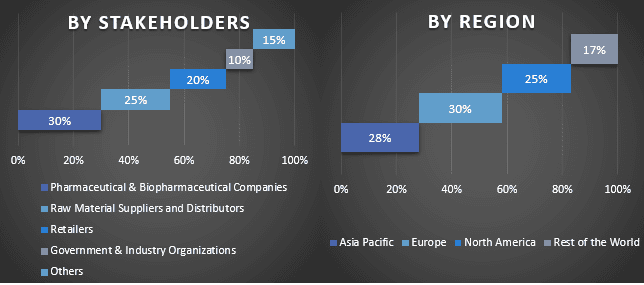
Market Engineering
The data triangulation technique was employed to complete the overall market estimation and to arrive at precise statistical numbers for each segment and sub-segment of the global pharmaceutical filtration market. Data was split into several segments & sub-segments post studying various parameters and trends in the areas of product, technique, application, and scale of operation in the global pharmaceutical filtration market.
The main objective of the Global Pharmaceutical Filtration Market Study
The current & future market trends of the global pharmaceutical filtration market were pinpointed in the study. Investors can gain strategic insights to base their discretion for investments on the qualitative and quantitative analysis performed in the study. Current and future market trends determined the overall attractiveness of the market at a regional level, providing a platform for the industrial participant to exploit the untapped market to benefit from a first-mover advantage. Other quantitative goals of the studies include:
- Analyze the current and forecast market size of the pharmaceutical filtration market in terms of value (USD). Also, analyze the current and forecast market size of different segments and sub-segments
- Segments in the study include areas of product, technique, application, and scale of operation.
- Define and analysis of the regulatory framework for the pharmaceutical filtration
- Analyze the value chain involved with the presence of various intermediaries, along with analyzing customer and competitor behaviors of the industry.
- Analyze the current and forecast market size of the pharmaceutical filtration market for the major region.
- Major countries of regions studied in the report include Asia Pacific, Europe, North America, and the Rest of the World.
- Company profiles of the pharmaceutical filtration market and the growth strategies adopted by the market players to sustain in the fast-growing market
Deep dive regional level analysis of the industry
Related Reports
Customers who bought this item also bought

